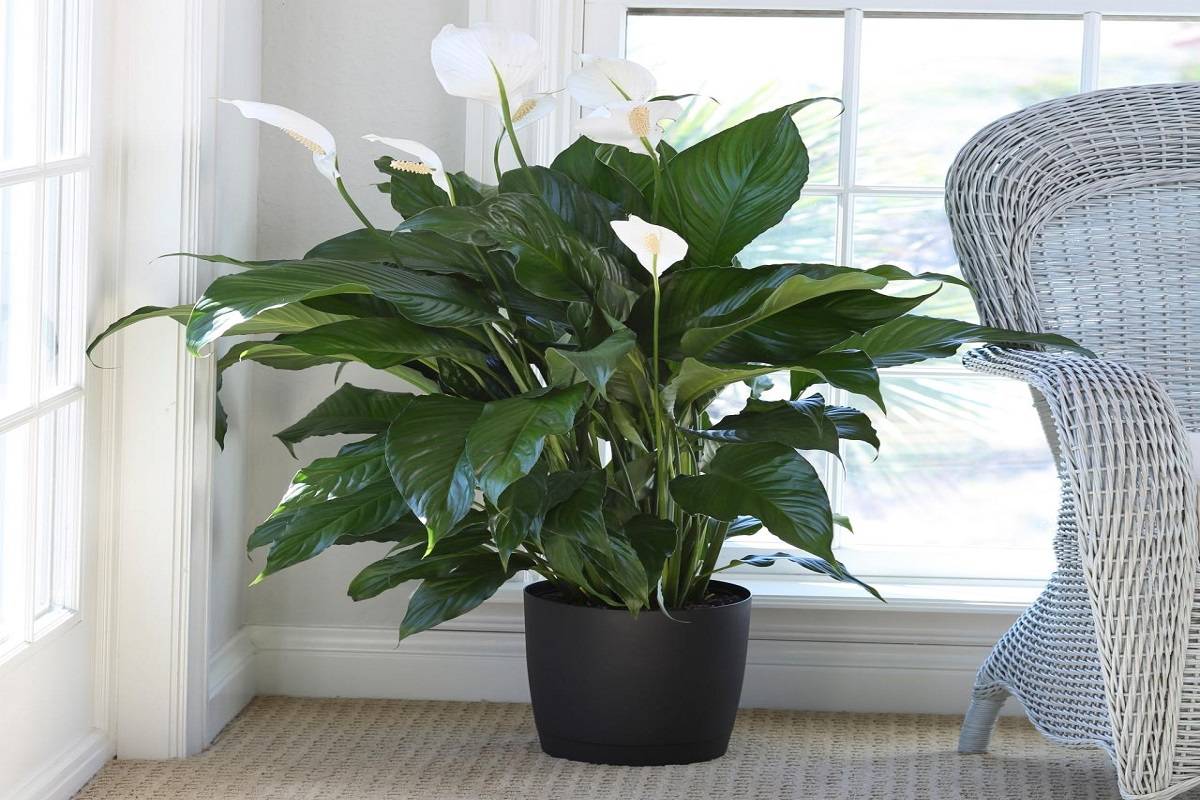
The moonflower is a wonderful self-seeding plant with yearly blossoms that transforms your outdoor area into a stunning work of art. Despite being poisonous to humans, the plant has brilliant blossoms that release a sophisticated scent at night.
Description of Moonflower:
|
Common Name |
Moonflower, moon vine, tropical white morning glory |
|
Botanical Name |
Ipomoea alba |
|
Family |
Convolvulaceae |
|
Plant Type |
Tender perennial, vine |
|
Mature Size |
10–15 ft. tall, 3–6 ft. wide |
|
Sun Exposure |
Full |
|
Soil Type |
Moist, well-drained |
|
Soil pH |
6.0—7.5 (slightly acidic to neutral) |
|
Bloom Time |
Summer to fall |
|
Flower Colour |
White |
|
Hardiness Zones |
10–12 (USDA) |
|
Native Area |
Tropical Americas |
Moonflower Vine Growing Instructions
Moonflowers can easily climb upward in the garden, so they don't require much ground area. Give the robust vines a trellis or other type of support. Growing moonflowers eagerly twine around anything in their path and can grow up to 20 feet (6 meters) tall. As part of your moonflower care, you can pinch back growing moonflowers at the top of the vine to push blossoming downward.
In zones 10 and 11, moonflower plants are winter-hardy perennials, but in colder climates, they can be successfully cultivated as annuals. When planted from seed in moderately fertile soil, they grow quickly, but they are adaptable to other soil types as well. Seeds can be planted six to eight weeks before the soil outdoors has warmed in cooler climes. When the weather is constantly between 60 and 70 degrees Fahrenheit, plant moonflowers outside (15-20 C.)
Some gardeners believe that the proximity of the roots in the pot stimulates the plants to blossom early. Moonflower vines can be planted in the ground or grown in big pots. Root division of mature plants allows for the initiation of more moonflower plants. In southern regions, mulch the roots of moonflowers; in colder regions, dig them up and store them for the winter. Although moonflowers can be grown in a variety of light conditions, more sunlight results in more blooms.
Moonflower Varieties:
Ipomoea alba is typically offered without a variety of names. Several related plants that also go by the name "moonflower" include:
Ipomoea leptophylla: Also known as bush moonflower or bush morning glory, this erect, blooming plant is a member of the aster family.
Ipomoea violacea: This plant's white blossoms open at night and are often referred to as beach moonflowers or sea moonflowers.
Care for Moonflower
Moonflower vines are relatively low-maintenance, only needing routine watering and feeding, and seldom encounter major insect or disease issues. It is great to provide them access to a trellis or other support structure they can grow around because they have a climbing growth habit. They can also be planted in hanging baskets and pots or let spread spontaneously as a ground cover. If you can, place them near a deck or a window in your bedroom so you can take advantage of their enticing scent at night.
Remove the unwanted blossoms before they can produce seeds if you don't want the vines in your garden to self-seed. The act of deadheading might encourage the vines to blossom even more. Most gardeners choose to start fresh plants the next year when growing moonflowers as an annual since the vines can be challenging to care for inside. The vines can be trimmed back and shaped as necessary in the fall when planted outdoors all year round as a perennial. To increase airflow around the plant and increase its exposure to sunlight, thin the stems.
Light
Full daylight, or at least six hours of direct sunshine most days, is ideal for Light Moonflower growth. Although it might not blossom as well, it can adapt to settings that are partially shaded.
Soil
This vine can grow in a range of soil conditions. However, it favours rich, loamy soil with excellent drainage and a pH range of slightly acidic to neutral.
Water
A modest level of soil moisture is ideal for moonflowers. Young plants need constant irrigation to keep their soil wet but not waterlogged. The roots can rot in very moist soil. When the soil in the top inch seems dry, water-established plants. The vine can survive brief droughts, but a protracted dry spell can be fatal.
Humidity and temperature
If you reside in a colder area, you should postpone planting them outside until it is consistently between 60 and 70 degrees Fahrenheit. These plants, which are native to tropical climes, demand a somewhat high humidity level but can endure dry air if they are regularly hydrated.
Fertilizer
When the plant is in bloom, fertilize it every three to four weeks with a half-strength, high-phosphorus fertilizer. Avoid using a fertilizer with a high nitrogen content since it might encourage excessive leaf growth at the price of blossoms.












